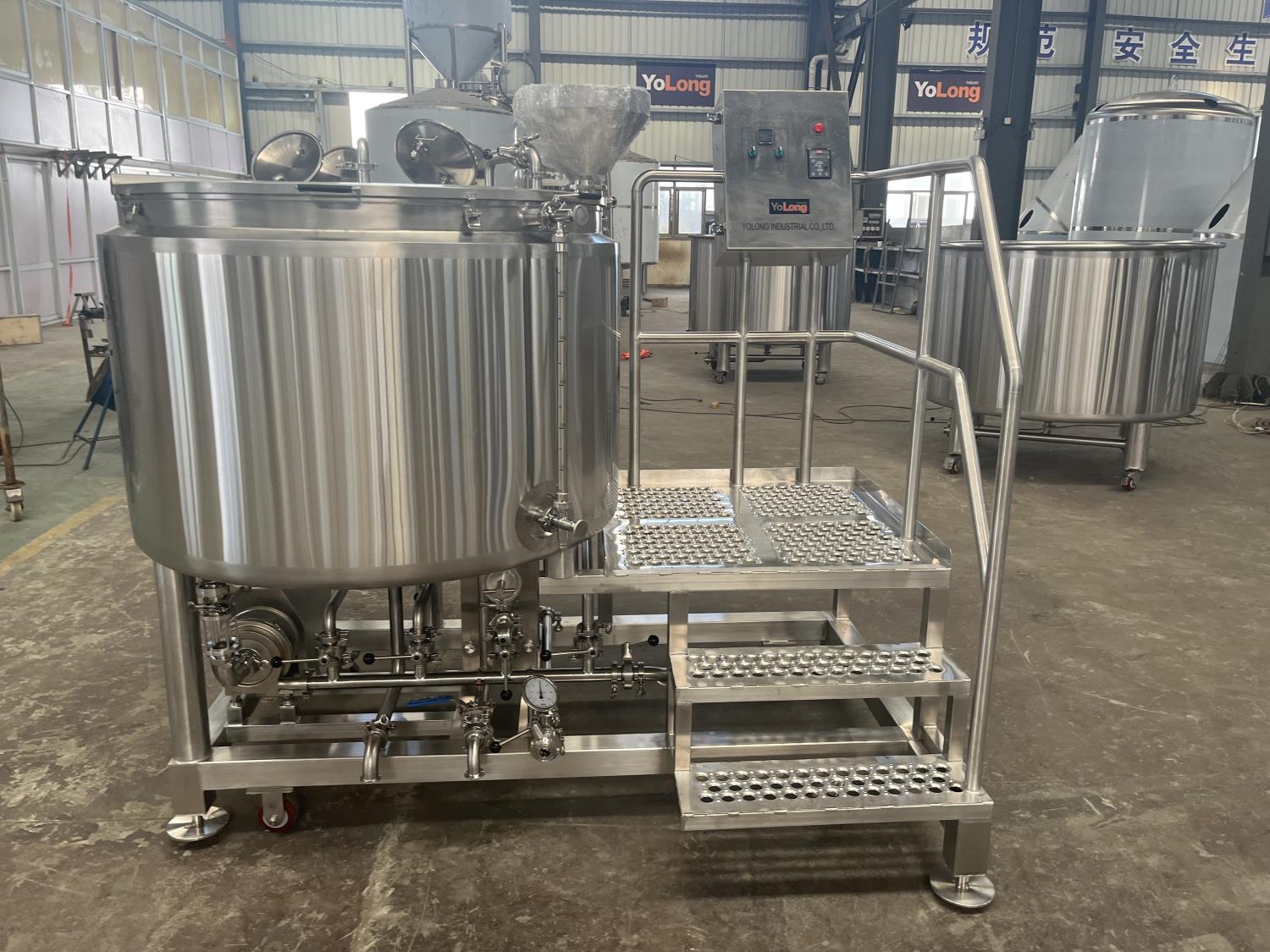Stainless Fermenters
When it comes to brewing beer, wine, or kombucha, stainless fermenters reign supreme. They’re the backbone of many brewing systems, trusted by professionals and hobbyists alike. But why is that? Let’s dive into the fascinating world of stainless fermenters, exploring their features, troubleshooting tips, and everything in between.
Overview of Stainless Fermenters
Stainless fermenters are vessels made of stainless steel used in fermentation, a crucial step in brewing. Their popularity stems from their durability, ease of maintenance, and versatility. Unlike plastic or glass alternatives, stainless fermenters are resistant to scratches, don’t harbor bacteria, and maintain consistent temperatures during fermentation. Whether you’re a beginner or a pro, these fermenters can transform your brewing process.
Why Choose a Stainless Fermenter?
Imagine trying to run a marathon in flip-flops. Sure, you might finish, but it won’t be efficient or enjoyable. That’s what brewing with subpar equipment feels like. Stainless fermenters offer:
- Durability: Stainless steel resists wear and tear like a champ. You won’t need to replace your fermenter anytime soon.
- Ease of Cleaning: Nobody likes scrubbing endlessly. Stainless fermenters are a breeze to clean, thanks to their smooth surfaces.
- Temperature Control: Fermentation requires precision. Stainless steel retains and distributes heat evenly, making it easier to control temperatures.
- No Staining or Odors: Unlike plastic fermenters, stainless ones won’t absorb funky smells or stains from previous batches.

Troubleshooting Common Issues with Stainless Fermenters
While stainless fermenters are top-notch, they’re not without quirks. Here are some common problems and how to tackle them:
- Leaks from Valves or Fittings: If you notice leaks, check for loose connections. Tighten the valves or replace worn-out gaskets.
- Stuck Fermentation: Sometimes, fermentation stops prematurely. This could be due to improper temperature control. Invest in a temperature probe or cooling jacket to maintain consistency.
- Scratches Inside the Vessel: While stainless steel is tough, it’s not immune to scratches. Avoid abrasive cleaning tools and use soft sponges or cloths.
- Sanitization Challenges: If you’re facing contamination, ensure you’re using the right sanitizer and thoroughly cleaning hard-to-reach areas like ports and fittings.
The Brewing Process with Stainless Fermenters
Brewing with a stainless fermenter elevates your process. Let’s break it down step by step:
- Preparation: Begin by sanitizing your fermenter. This step is critical to prevent contamination. Use a non-abrasive cleaner and rinse thoroughly.
- Adding Ingredients: Transfer your wort (unfermented beer) or juice (for wine or cider) into the fermenter. Add your yeast, which will kickstart the fermentation process.
- Monitoring Fermentation: Secure the lid and attach an airlock. Keep an eye on the temperature and bubbling activity. This indicates the yeast is hard at work.
- Secondary Fermentation (Optional): Some brewers prefer transferring their brew to a second fermenter for clarity and flavor refinement. Stainless fermenters make this process seamless.
- Harvesting: Once fermentation is complete, use the built-in valves to drain your beer or wine, leaving sediment behind.
Comparison of Stainless Fermenter Options
Here’s a detailed table to help you choose the best stainless fermenter based on your needs:
| Feature | Small Home Fermenters | Mid-Size Craft Fermenters | Large Commercial Fermenters |
|---|---|---|---|
| Capacity | 1–15 gallons | 15–50 gallons | 50+ gallons |
| Space Requirements | Compact, fits on counters | Requires dedicated brewing space | Large brewing facility required |
| Design & Layout | Simple, cylindrical | Jacketed for temperature control | Advanced features, conical design |
| Customization Options | Limited | Moderate | Extensive |
| Price Range | $100–$500 | $500–$2,000 | $2,000+ |
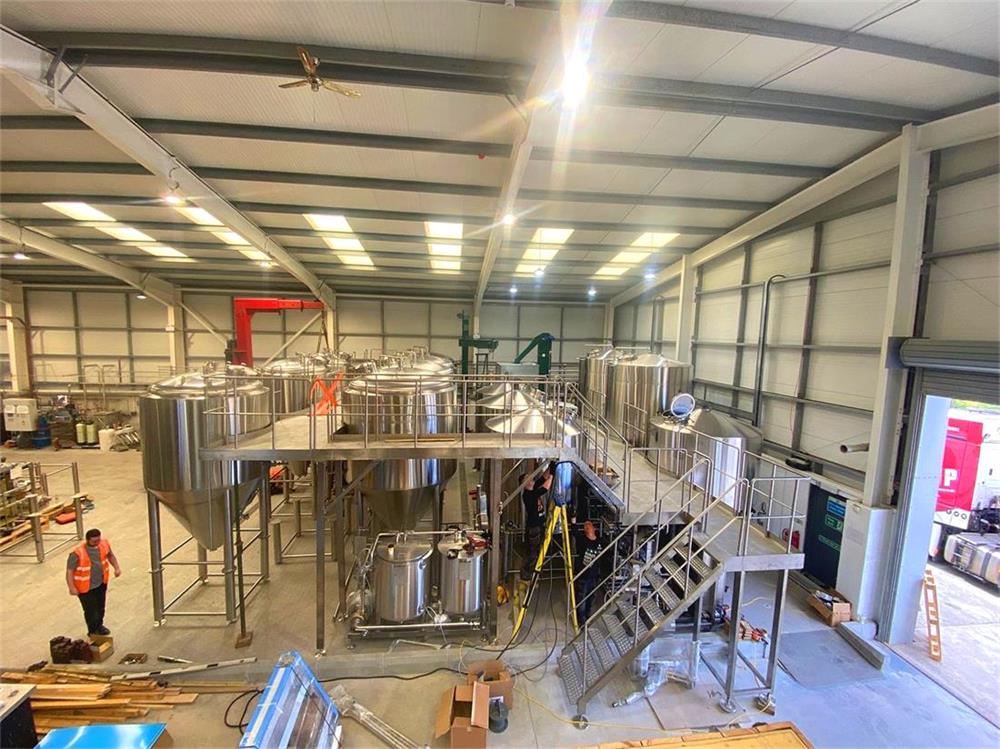

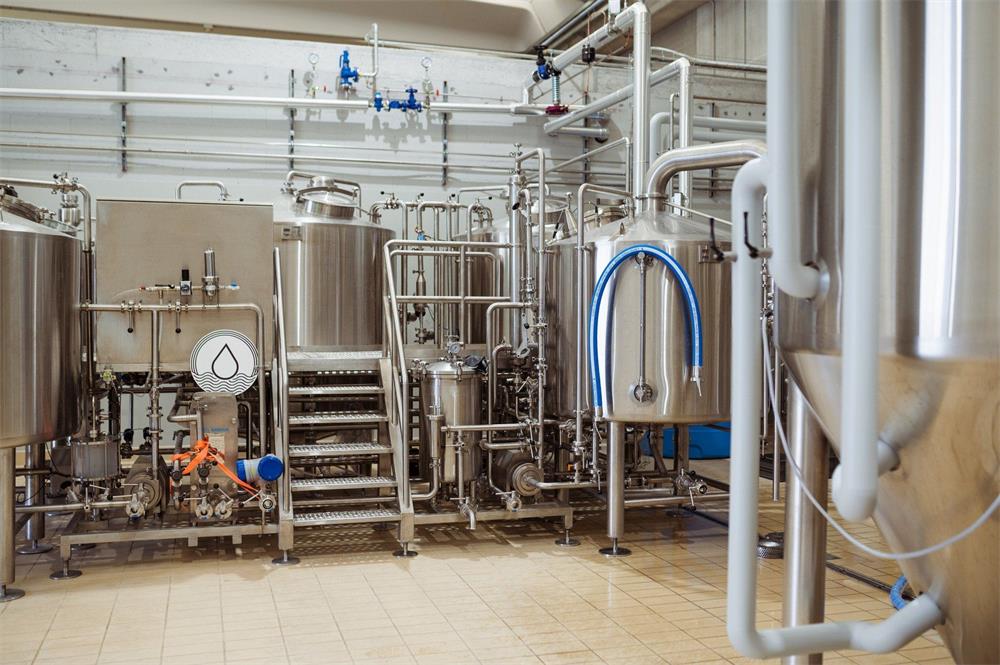

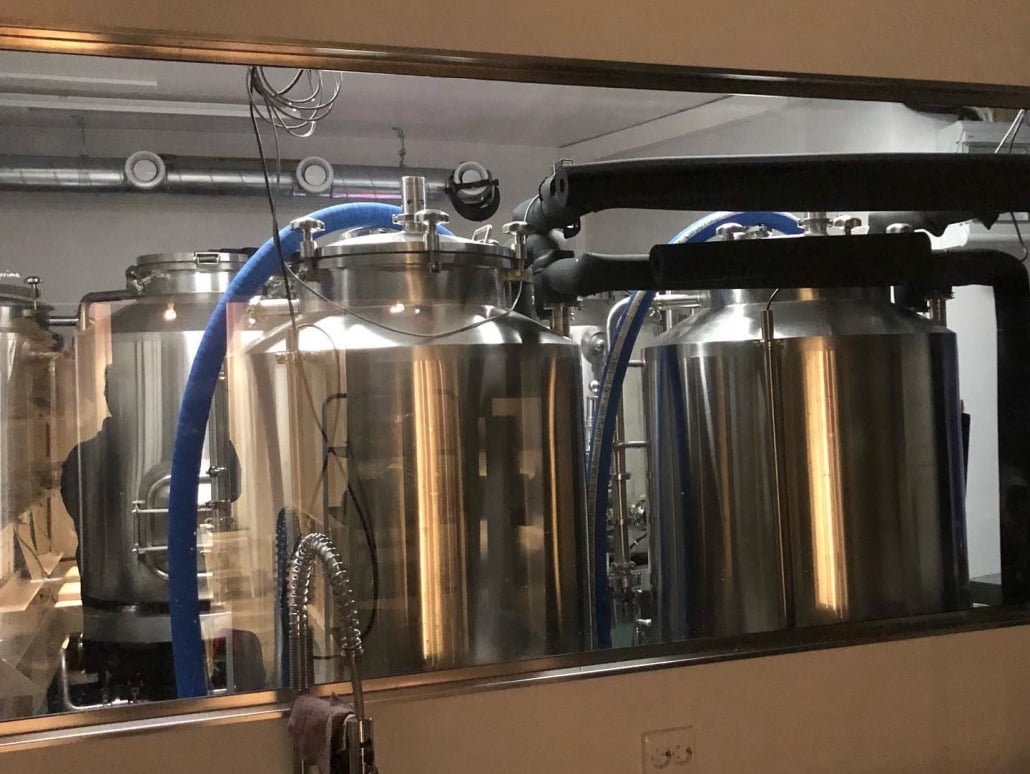

Choosing the Right Supplier for Stainless Fermenters
Not all suppliers are created equal. Here’s a table with factors to consider:
| Factor | What to Look For |
|---|---|
| Reputation | Read reviews and ask for references. |
| Material Quality | Ensure the fermenter is made of 304 or 316 stainless steel. |
| Customization Options | Can they modify the fermenter to fit your needs? |
| Warranty | Look for suppliers offering at least a one-year warranty. |
| Support and Service | Do they provide installation and maintenance help? |
Installation, Operation, and Maintenance of Stainless Fermenters
| Step | Details |
|---|---|
| Installation | Position the fermenter on a stable surface. Ensure valves and fittings are secure. |
| Operation | Follow the brewing process outlined above. Maintain consistent temperatures for fermentation. |
| Maintenance | Clean thoroughly after each batch. Inspect gaskets and fittings for wear. |
Advantages and Limitations of Stainless Fermenters
| Aspect | Advantages | Limitations |
|---|---|---|
| Durability | Long-lasting and resistant to corrosion. | Higher upfront cost compared to plastic. |
| Ease of Use | Easy to clean and sanitize. | Heavier and less portable than alternatives. |
| Aesthetics | Sleek, professional appearance. | Scratches can affect the finish over time. |
| Temperature Control | Excellent heat retention and control. | Requires additional equipment for precise cooling. |
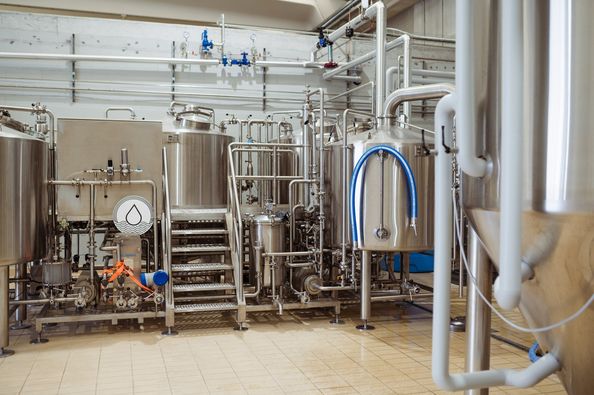
How to Choose the Perfect Stainless Fermenter
Picking the right stainless fermenter can feel like choosing the perfect pair of jeans—there’s no one-size-fits-all solution. Consider these factors:
- Capacity Needs: Are you brewing for fun or on a commercial scale? Match the fermenter size to your production goals.
- Budget: While stainless fermenters are an investment, they pay off in durability and performance. Look for deals without compromising quality.
- Customization: Some suppliers offer features like additional ports, temperature control systems, or conical designs.
- Space Constraints: Measure your brewing space to ensure the fermenter fits comfortably.
FAQs
| Question | Answer |
|---|---|
| Why are stainless fermenters better than plastic? | They’re more durable, easier to clean, and don’t absorb odors or stains. |
| How do I clean my stainless fermenter? | Use a non-abrasive cleaner and soft cloth. Avoid harsh scrubbing. |
| Can I ferment wine in a stainless fermenter? | Absolutely! Stainless fermenters are versatile and suitable for all beverages. |
| Do I need a temperature control system? | It depends on your brewing goals. For precise results, temperature control is ideal. |
| How long does a stainless fermenter last? | With proper care, a high-quality fermenter can last decades. |
Share this entry
Interested in learning more about Brewing Systems including additional details and pricing information? Please use the form below to contact us!
YOLONG BREWERY EQUIPMENT FAQS
- Commercial Brewery / Craft Brewery / Microbrewery / Nanobrewery
- What is The Difference Between Craft Beer and Industrial Beer?
- The Bespoke Differences In Custom Brewing Systems
- Everything You Need to Know About Kettle Souring
- How to Choose Brewing Equipment for Your business?
- How To Choose The-Best Partner To Build Your Commercial Microbrewing System?
- Two Detection Sensors That You Need To Use In Your Brewhouse System
- Remote Control Applications in Brewing Equipment/How does it work?
- How To Clean Your Brand New Brewery Tanks?

